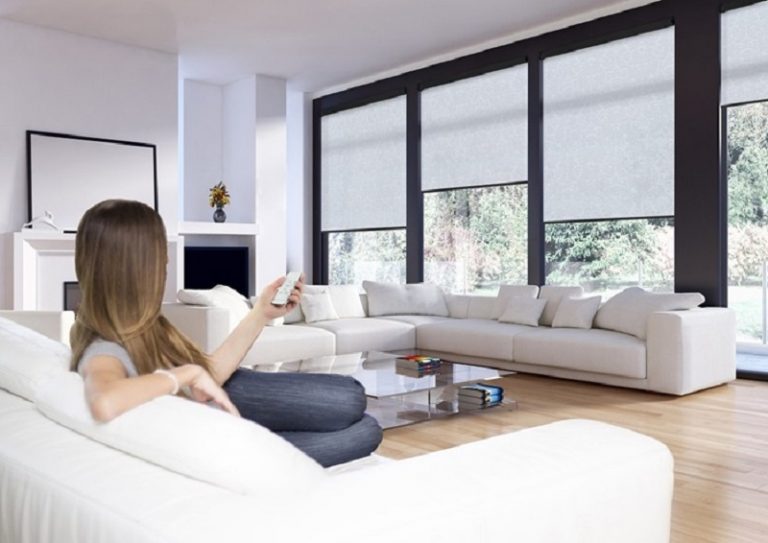

Motorised blinds are now included as part of the WincovER energy rating scheme with folding arm awnings next on the agenda. The Blind Manufacturer’s Association of Australia (BMAA)’s energy rating scheme now includes ratings for a wide range of automated blinds on both timer and sensor operating systems according to WincovER committee chair Robert Mayer.
“The good news for industry is we are producing those ratings are at no extra cost to the material supplier, that was an important point. So we didn’t want to be paying more for these additional rating results.” Mayer said.
“There has been an enhancement in the testing of roller shutters and cellular blinds, two very important product categories, and foxed panels mounted externally are now also part of the program.”
Folding Arm Awnings next
Mayer said that in North America where a nearly identical program has been running now for three years, methodology has been developed for automation and for awnings.
“Drop awnings are already part of the program but folding arms are not because they are perpendicular to the window.”
“But the Americans have just developed the methodology for folding arm awnings. So we are all about learning what they’ve done and hopefully within the next year we’ll be able to improve folding our awnings which is a very important product category in our program.”
Website and training program to go live soon
Marketing has been a major focus for the WincovER committee in 2020 with a website set to launch in the first half of 2021.
Work on a training program for scheme participants is also due for completion in 2021. Retailers who join the energy rating scheme will have to undergo some basic training on WincovER and energy efficiency. The training program is being developed with the assistance of the soft launch partners Ozroll and Hunter Douglas.
How WincovER accounts for automation:
Robert Mayer explains a bit about how the WincovER energy rating scheme calculates star energy ratings for products that incorporate automation.
“There is a schedule of operation that is taken into account both for the manual blind and for the automated blind. There are assumptions in the simulation model as to how the window covering is used and there is a percentage of efficiency.”
“When the simulation is done for a manually operated blind there was actually a study done in the US several years ago where real users were surveyed and what they discovered was that there’s an inherent inefficiency in the way that a person uses a blind; they don’t always put it down when the sun is shining and they don’t always put it up when they need to ideally warm a house using greenhouse effect, they don’t close the blind when it’s cold outside and the heat escapes to the outside.”
“The simulations that are run that simulate the manual operation of a blind allow for these operator inefficiencies. When an automated system is simulated, the automated system assumes that the automation will be 100% efficient say with a timer. So if a timer is simulated to open the blind at six in the morning and close it at six night or vice versa depending on whether it is winter or summer, then it is assumed that that will happen every day. Whereas from an operator point of view it might be assumed or modelled through the survey work that it happens 80% of the days by comparison.”
“There aretwo levels of automation rating. One is a simple rating which is using a simple timer essentially on a winter cycle and a summer cycle, so that creates less benefits but certainly meaningful benefit in terms of the star rating. And then the alternative is that there’s a sensor based automation, more complex systems. When you use sensors, such as sun sensors and temperature sensors, this is the reason you get a higher performance again and hence the two levels of automation simulation.”